Union Australis
The Union Australis is a union of sovereign states in the southern reaches of Micras that have formed a military and economic alliance. Being founded with only two member states, the association aims to be a force that is protective of the land and interests of all nations which claim regions in the antarctic areas of Micras. The union was formed following the rapid growth of positive relations between the Duchy of Caradia and the Ciric Confederacy, despite a wide cultural gulf which separated the nations. The union is governed by a committee of six representatives from each nation who make joint decisions that affect the actions of the union as a whole; the majority of abroad military and diplomatic relations of member nations have come under the control of the union government, though domestically the states remain independent nations.
History
Background
The birth of the union stemmed from the swift growth of a positive relationship between the founding Duchy of Caradia and the Ciric Confederacy, both nations situated below the antarctic circle of Micras and within the range of the permanent sea ice that surrounds the south pole. The union was largely the idea of the confederacy, which, after establishing a military alliance between itself and Caradia, saw the caustic diplomatic attitude of the duchy as being a threat to the overall security of both nations because of the alliance. Not only that, but the confederacy had seen an opportunity presented in the economic power of the duchy and willingness of the duchy to offer its military services abroad. These reasons had prompted Speaker Avingar Holstadt of the confederacy, who had been the main force of diplomacy between the nations, to suggest a closer union that King-Saint Godrîc XI of Caradia agreed to.
Member Nations
| Flag | State | Head of State | Date Joined | Notes |
|---|---|---|---|---|
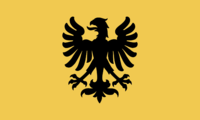 |
Duchy of Caradia | King-Saint Godrîc XI | 5.XIV.1679 AN | Founding Member |
 |
Ciric Confederacy | Speaker Avingar Holstadt | 5.XIV.1679 | Founding Member |
Structure
Council of the Union
The Union's main governing body is the Council of the Union, which consists of a committee of six representatives from each of the member states that are appointed by the member states' governments. It is the highest administrative body of the Union, and is responsible for all administrative decisions and the supervision of those decisions in order to make sure they are followed through.
| Photo | Representative | Titles | Notes |
|---|---|---|---|
 |
Avingar Holstadt | Speaker of the Confederacy | Head of the Union |
 |
Cedric Adsen | Suzerain of the Confederacy | |
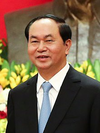 |
Dou Siang | Exarch of the Confederacy | Chief Diplomat of the Union |
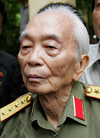 |
Vangh Tet | Director of the Military of the Confederacy | |
 |
Duncan Singer | Director of Science of the Confederacy | |
 |
Alder Braun | Director of Civil Services of the Confederacy | |
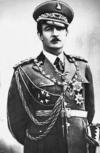 |
King-Saint Godrîc XI | King of Caradia | |
 |
Andrei Socavul | Magistrate of Caradia | Head of the Union Military |
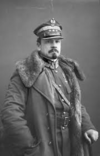 |
Ivan Vankoravich | Patriarch of the Vosanski | |
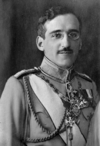 |
Alecsi Droguți | Bishop of Rovighi | |
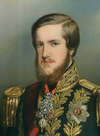 |
Rodrigo Coramen | Prince of Leucio | |
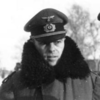 |
Vladimir Tvaranov | Sky Marshal of the Skyfleet | |
Fiscal Committee
The Fiscal Committee is the main office of the Union responsible for the fiscal policy and trade of the Union. It also oversees the markets of the Union and manages the Union's treasury and bank. The committee is headed by the Union treasurer, currently Alesh Zaikir, and is responsible specifically for all decisions of the Union regarding trade, tax, tariffs, and market decisions.
United Southern Army
The United Southern Army is the military arm of the Union Australis, currently headed by Andrei Socavul of Caradia, and is responsible for all joint military operations of the Union. The main branch of the United Southern Army is the Great Southern Armada, which is the fusion of the Caradian Black Armada and the Ciric Navy, and which is the largest and most powerful branch of the United Southern Army, as well as being the most closely integrated. The armies and air forces of the constituent nations, while officially parts of the United Southern Army, remain mostly separated, though the Union reserves the right to call upon their forces if the need arises.